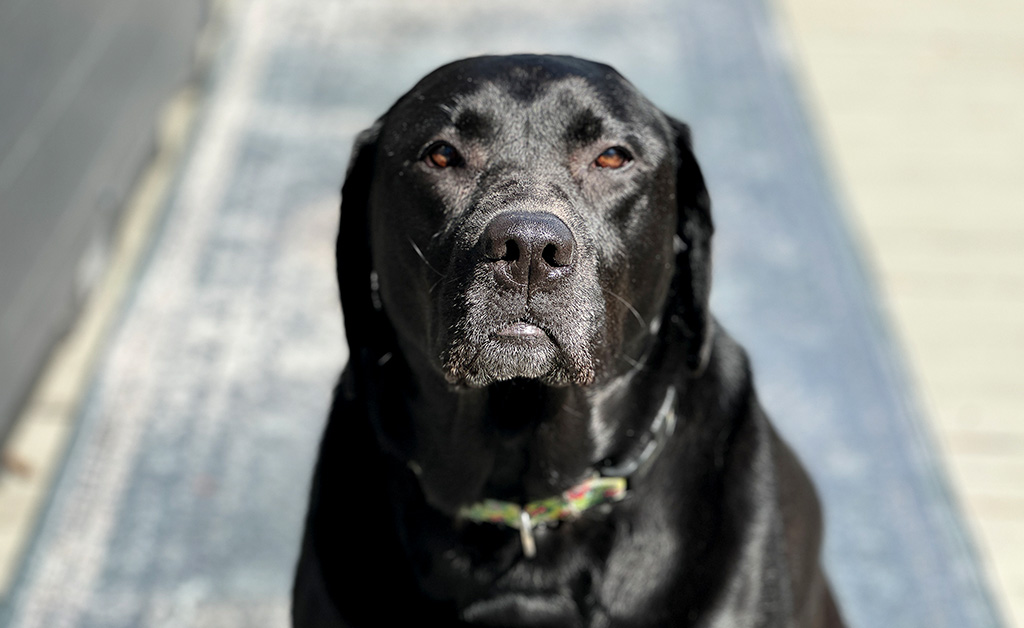Facial expressions have a remarkable ability to communicate emotions and convey messages effectively. They can be a genuine indicator of true emotions. While words can be chosen carefully, facial expressions are more difficult to control consciously.
Are you watching or just listening?
Facial expressions can reveal underlying emotions and attitudes. These fleeting expressions, which last for just fractions of a second, (not that fake smile we’ve all perfected), can provide valuable insights into true feelings and intentions. While listening is important — you can glean a wealth of information just by observing.

It’s universal understanding!
Facial expressions are recognized across different cultures and languages. Think about how you can understand the thoughts and emotions of others without the use of words.
Facial expressions allow us to transcend language barriers and communicate — even with those who are non-verbal.

Now you know: John Quincy Adams partially blinded himself looking directly at an eclipse in 1791. He was also the first president to be interviewed by a woman. Anne Royal found out he skinny dipped in the Potomac every day at a certain time. She went down and held his clothes hostage until he would give her an interview.
